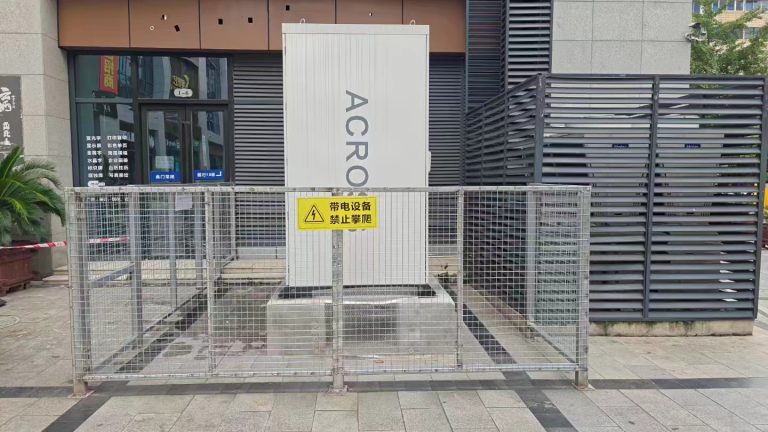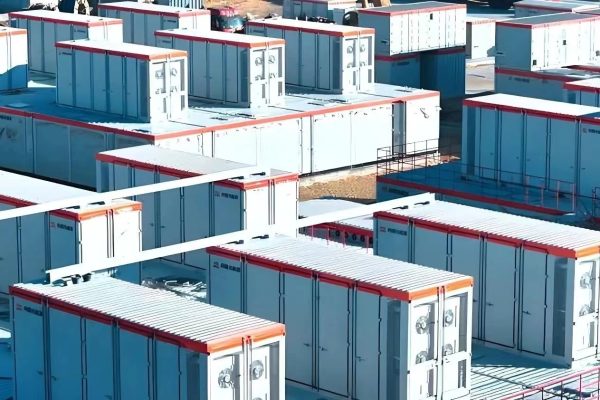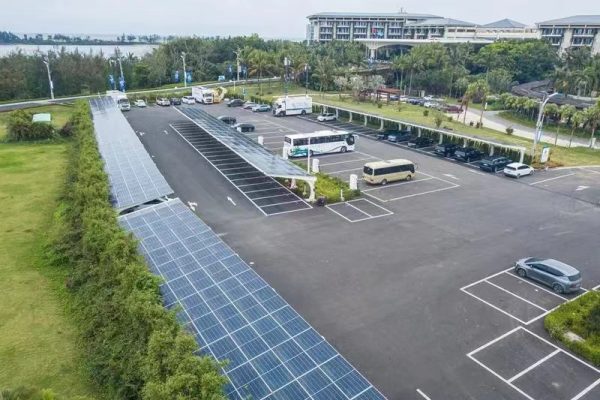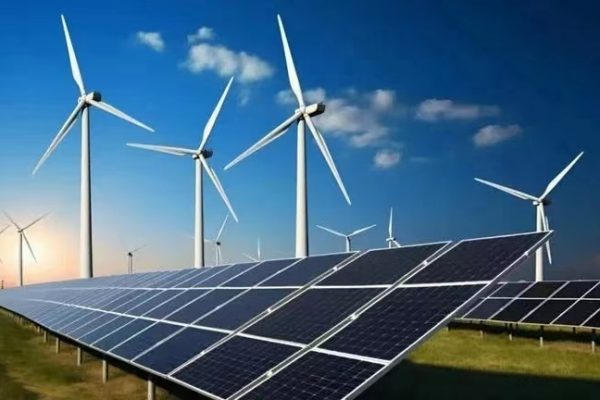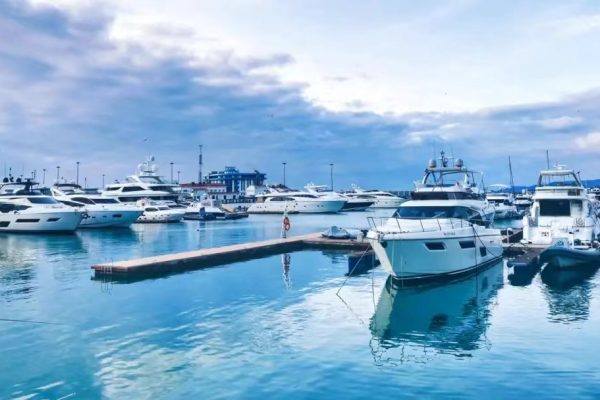Heat as a Business Factor
In the Middle East energy storage market, high ambient temperatures are a defining challenge. Unlike Europe or North America, where climate conditions are moderate, Middle Eastern buyers must ensure that energy storage systems (ESS) can operate reliably in extreme heat environments. For exporters, clearly addressing the temperature range of their products is not just a technical detail—it is a decisive sales factor.
1. Why Temperature Range Matters
- Battery Safety: High temperatures accelerate chemical reactions inside cells, increasing fire risks if not managed.
- Performance Stability: Efficiency and capacity decline sharply if systems are not designed for extreme climates.
- Warranty Protection: Buyers want assurance that performance guarantees remain valid under regional conditions.
Exporter Tip: Always highlight the operating and storage temperature range in quotations and datasheets.
2. Typical Middle East Climate Challenges
- Summer Extremes: Ambient temperatures often exceed 45°C, with surface-level solar installations reaching 60–70°C.
- Dust and Humidity: Desert dust storms and coastal humidity create additional stress.
- Continuous Demand: Cooling loads run 24/7, requiring consistent system output.
Exporter Tip: Stress-test products in conditions close to Middle Eastern climates to validate claims with data.
3. Buyer Expectations in the Middle East
- Extended Temperature Range: Operation from -10°C to +55°C is often requested.
- Thermal Management Systems: Buyers expect integrated cooling or active thermal controls.
- Low Maintenance: Systems should withstand high temperatures without frequent service.
Exporter Tip: Position products as “desert-ready” to align with buyer priorities.
4. Chemistry and Design Choices
- LFP Batteries (Lithium Iron Phosphate): Preferred due to high thermal stability and safety.
- NMC Batteries: Higher energy density but more heat-sensitive.
- Design Adaptations: Ventilation, liquid cooling, or insulated cabinets extend usable range.
Exporter Tip: Explain how chemistry selection and design match the region’s heat challenges.
5. Financial Impact of Temperature Performance
- ROI and TCO: Poor heat tolerance leads to faster degradation, raising replacement costs and lowering ROI.
- Warranty Negotiations: Buyers scrutinize warranty terms related to temperature.
- Project Risk: Unplanned downtime in industrial or utility projects creates significant losses.
Exporter Tip: Link temperature resilience directly to financial savings and risk reduction.
6. Risks of Ignoring Temperature Range in Offers
- Lost Credibility: Buyers in hot climates immediately dismiss unclear or incomplete specifications.
- Increased Warranty Claims: Misrepresentation of performance in heat damages supplier reputation.
- Missed Sales: Competitors highlighting “high-temperature design” will win contracts.
Exporter Tip: Always state temperature tolerance upfront—buyers see it as a critical parameter.
Heat-Adapted Solutions Build Trust
For Middle East buyers, temperature range is as important as capacity or price. Exporters who clearly demonstrate high-temperature tolerance, backed by data and appropriate design choices, position themselves as credible partners. By tailoring communication around climate resilience, suppliers can secure stronger relationships, reduce disputes, and expand their presence in one of the world’s fastest-growing ESS markets.





